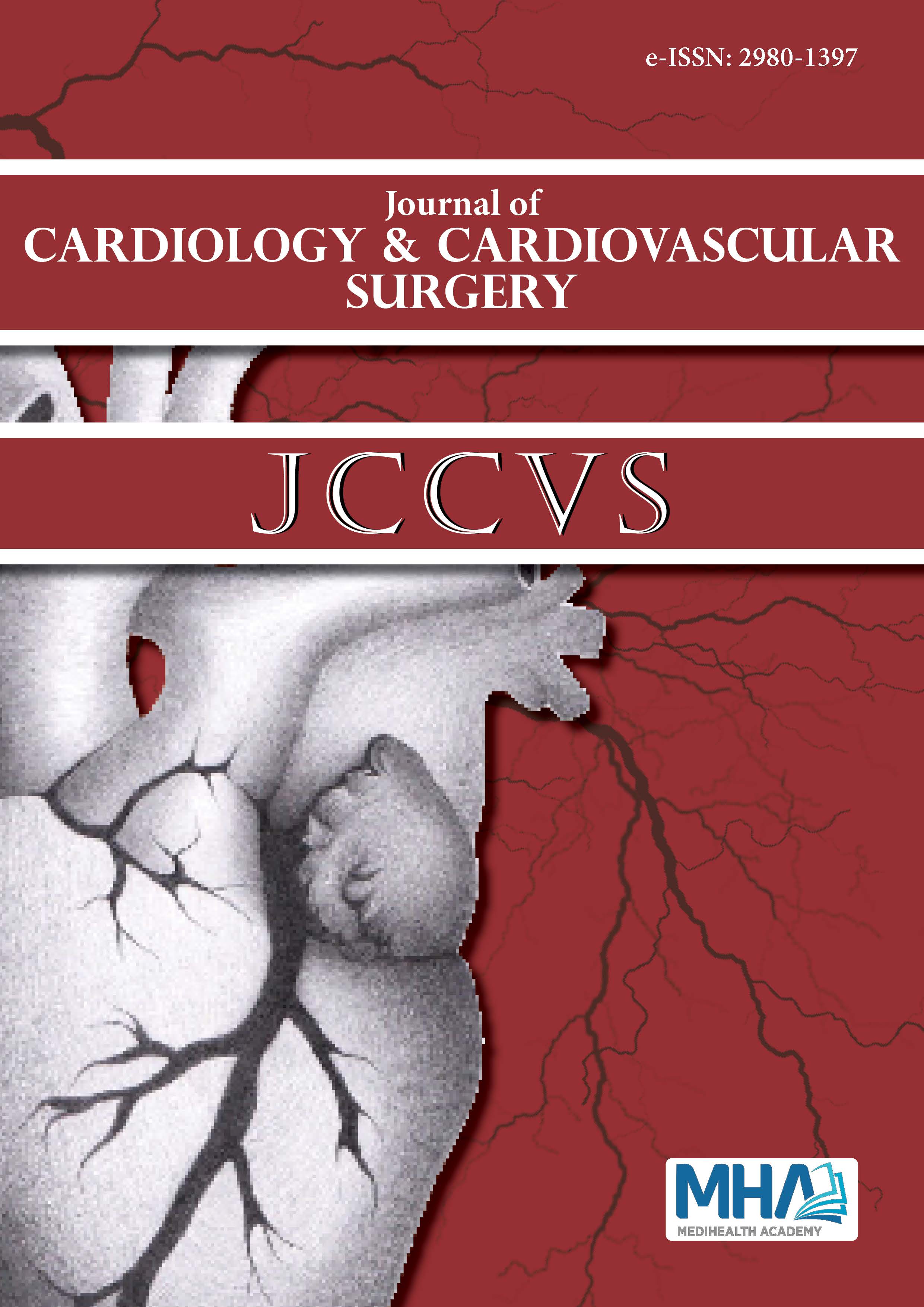1. Lévy P, Kohler M, McNicholas WT, et al. Obstructive sleep apnoea syndrome. Nat Rev Dis Primers. 2015;1(1):15015.
2. Lavie L. Oxidative stress in obstructive sleep apnea and intermittent hypoxia--revisited--the bad ugly and good: implications to the heart and brain. Sleep Med Rev. 2015;20:27-45.
3. Salzano G, Maglitto F, Bisogno A, et al. Obstructive sleep apnoea/hypopnoea syndrome: relationship with obesity and management in obese patients. Acta Otorhinolaryngol Ital. 2021;41(2):120-130.
4. Senaratna CV, Perret JL, Lodge CJ, et al. Prevalence of obstructive sleep apnea in the general population: a systematic review. Sleep Med Rev. 2017; 34:70-81.
5. Benjafield AV, Ayas NT, Eastwood PR, et al. Estimation of the global prevalence and burden of obstructive sleep apnoea: a literature-based analysis. Lancet Respir Med. 2019;7(8):687-698.
6. Martí-Almor J, Jiménez-López J, Casteigt B, et al. Obstructive sleep apnea syndrome as a trigger of cardiac arrhythmias. Curr Cardiol Rep. 2021;23(3):20.
7. Marin JM, Agusti A, Villar I, et al. Association between treated and untreated obstructive sleep apnea and risk of hypertension. JAMA. 2012; 307(20):2169-2176.
8. May AM, Van Wagoner DR, Mehra R. OSA and cardiac arrhythmogenesis: mechanistic insights. Chest. 2017;151(1):225-241.
9. Dilaveris PE, Gialafos EJ, Andrikopoulos GK, et al. Clinical and electrocardiographic predictors of recurrent atrial fibrillation. Pacing Clin Electrophysiol. 2000;23(3):352-358.
10. Chávez-González E, Donoiu I. Utility of P-wave dispersion in the prediction of atrial fibrillation. Curr Health Sci J. 2017;43(1):5-11.
11. Kanagala R, Murali NS, Friedman PA, et al. Obstructive sleep apnea and the recurrence of atrial fibrillation. Circulation. 2003;107(20):2589-2594.
12. Yıldız İ, Yildiz PÖ, Burak C, et al. P-wave peak time for predicting an increased left atrial volume index in hemodialysis patients. Med Princ Pract. 2020;29(3):262-269.
13. Çağdaş M, Karakoyun S, Yesin M, et al. The association between monocyte HDL-C ratio and SYNTAX score and SYNTAX score II in STEMI patients treated with primary PCI. Acta Cardiol Sin. 2018;34(1):23-30.
14. Burak C, Çağdaş M, Rencüzoğulları I, et al. Association of P wave peak time with left ventricular end-diastolic pressure in patients with hypertension. J Clin Hypertens (Greenwich). 2019;21(5):608-615
15. Yıldırım E, Günay N, Bayam E, Keskin M, Ozturkeri B, Selcuk M. Relationship between paroxysmal atrial fibrillation and a novel electrocardiographic parameter P-wave peak time. J Electrocardiol. 2019; 57:81-86.
16. Öz A, Cinar T, Kızılto Güler C, et al. Novel electrocardiography parameter for paroxysmal atrial fibrillation in acute ischaemic stroke patients: P-wave peak time. Postgrad Med J. 2020;96(1140):584-588.
17. Kapur VK, Auckley DH, Chowdhuri S, et al. Clinical practice guideline for diagnostic testing for adult obstructive sleep apnea: an American academy of sleep medicine clinical practice guideline. J Clin Sleep Med. 2017;13(3): 479-504.
18. Latina JM, Estes NAM, Garlitski AC. The relationship between obstructive sleep apnea and atrial fibrillation: a complex interplay. Pulm Med. 2013; 2013(1):621736.
19. Patel N, Donahue C, Shenoy A, Patel A, El-Sherif N. Obstructive sleep apnea and arrhythmia: a systemic review. Int J Cardiol. 2017;228:967-970.
20. Dimitri H, Ng M, Brooks AG, et al. Atrial remodeling in obstructive sleep apnea: implications for atrial fibrillation. Heart Rhythm. 2012;9(3):321-327.
21. Arzt M, Young T, Finn L, Skatrud JB, Bradley TD. Association of sleep-disordered breathing and the occurrence of stroke. Am J Respir Crit Care Med. 2005;172(11):1447-1451.
22. Lau DH, Mackenzie L, Kelly DJ, et al. Hypertension and atrial fibrillation: evidence of progressive atrial remodeling with electrostructural correlate in a conscious chronically instrumented ovine model. Heart Rhythm. 2010; 7(9):1282-1290.
23. Otto ME, Belohlavek M, Romero-Corral A, et al. Comparison of cardiac structural and functional changes in obese otherwise healthy adults with versus without obstructive sleep apnea. Am J Cardiol. 2007;99(9):1298-1302.
24. Haïssaguerre M, Jaïs P, Shah DC, et al. Spontaneous initiation of atrial fibrillation by ectopic beats originating in the pulmonary veins. N Engl J Med. 1998;339(10):659-666.
25. Platonov PG. P-wave morphology: underlying mechanisms and clinical implications. Ann Noninvasive Electrocardiol. 2012;17(3):161-169.
26. Goda T, Sugiyama Y, Ohara N, et al. P-wave terminal force in lead v1 predicts paroxysmal atrial fibrillation in acute ischemic stroke. J Stroke Cerebrovasc Dis. 2017;26(9):19121915.
27. Baturova MA, Sheldon SH, Carlson J, et al. Electrocardiographic and echocardiographic predictors of paroxysmal atrial fibrillation detected after ischemic stroke. BMC Cardiovasc Disord. 2016;16(1):209.
28. Çinar T, Hayiroğlu Mİ, Selçuk M, et al. Evaluation of electrocardiographic P-wave parameters in predicting long-term atrial fibrillation in patients with acute ischemic stroke. Arq Neuropsiquiatr. 2022;80(9):877-884.
29. Platonov PG. Atrial conduction and atrial fibrillation: what can we learn from surface ECG? Cardiol J. 2008;15(5):402-407.

